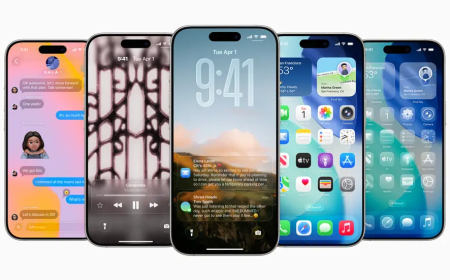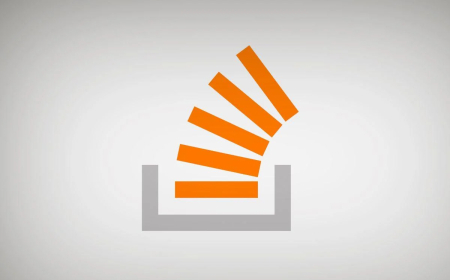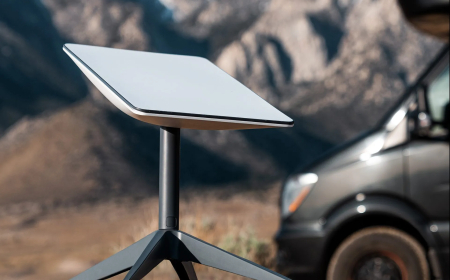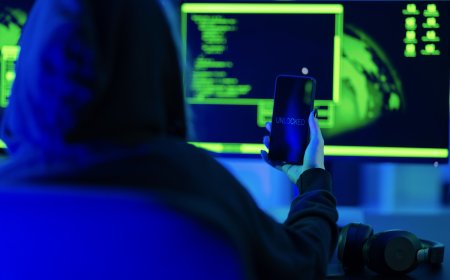Apple’s latest iPhone security feature just made life more difficult for spyware makers
Apple iPhone 17, iPhone Air, iPhone security, Memory Integrity Enforcement, MIE, spyware, zero-day exploits, Pegasus, Cellebrite, Graykey, iOS security, Apple EMTE, iPhone hacking, Apple cybersecurity
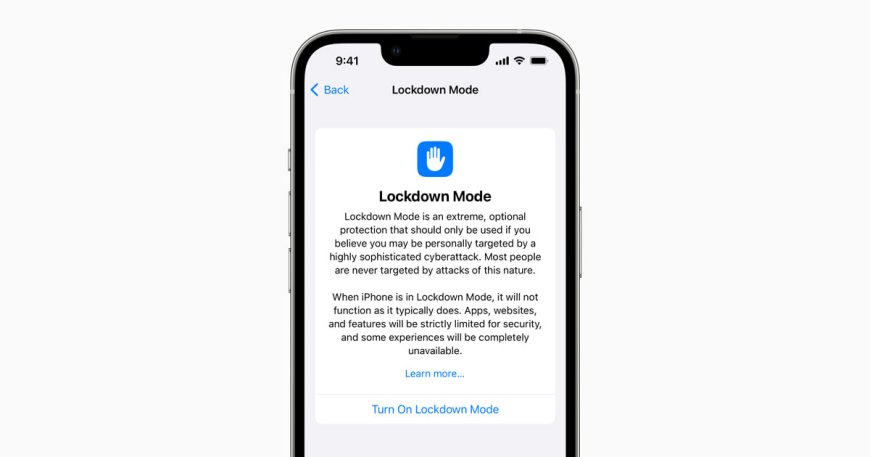
Amid the wave of flashy announcements from Apple this week, the company also unveiled a powerful new security feature for its latest iPhone 17 and iPhone Air devices. This protection, called Memory Integrity Enforcement (MIE), is designed to block memory corruption bugs — a common target for spyware developers and forensic tools used by law enforcement.
According to Apple, many mercenary spyware attacks on iOS, Windows, and Android share the same weak point: exploiting memory safety flaws. These vulnerabilities are versatile, dangerous, and widespread across the tech industry.
Cybersecurity experts told TechCrunch that MIE could make Apple’s newest iPhones among the most secure devices available. The technology is expected to raise the difficulty and cost for spyware makers and zero-day exploit developers trying to compromise iPhones.
“The iPhone 17 is probably now the most secure computing environment on the planet that is still connected to the internet,” said one longtime researcher, who has previously built and sold zero-day exploits to the U.S. government. They added that MIE will increase both development time and costs for attackers, driving up prices for their clients.
Another expert called MIE a major step forward: “It’s not hack proof. But it’s the closest thing we have to hack proof. None of this will ever be 100% perfect. But it raises the stakes the most.”
Raising the bar for spyware makers
Jiska Classen, professor and iOS researcher at the Hasso Plattner Institute in Germany, noted that MIE will break many existing exploits, forcing spyware vendors to adapt or lose capabilities. “I could also imagine that for a certain time window some mercenary spyware vendors don’t have working exploits for the iPhone 17,” she said.
Patrick Wardle, founder of a cybersecurity startup focused on Apple devices, agreed: “This will make their life arguably infinitely more difficult. Of course that is said with the caveat that it’s always a cat-and-mouse game.” Wardle recommended that users most concerned about spyware threats should upgrade to the new iPhones.
Experts also emphasized that MIE will reduce the effectiveness of both remote spyware campaigns — like those seen with NSO Group’s Pegasus or Paragon’s Graphite — and physical device attacks from forensic tools such as Cellebrite and Graykey.
Tackling memory corruption
Most modern software, including iOS, is still written in languages prone to memory issues such as overflow and corruption. These bugs can be exploited to let attackers inject malicious code, steal data, or take over parts of the system.
MIE combats these flaws by shrinking the possible attack surface. Offensive security specialist Halvar Flake explained that memory corruption “represents the vast majority of exploits.”
The feature is powered by Enhanced Memory Tagging Extension (EMTE), a technology developed by chipmaker Arm in collaboration with Apple over the past five years. Unlike other phone makers, Apple can integrate hardware and software tightly, giving it an advantage in rolling out such protections.
While Google has introduced MTE for certain Android models and GrapheneOS supports it as well, experts believe Apple’s MIE goes further. Flake described the Pixel 8 with GrapheneOS as “almost comparable,” but added that the iPhone 17 will be the “most secure mainstream” device.
MIE assigns a unique secret tag — essentially a password — to every piece of memory. Only apps with the correct tag can access it. If the tag does not match, the request is blocked, the app crashes, and the event is logged. Crashes linked to spyware or zero-day exploits could leave behind useful forensic clues for defenders.
What it means for users
MIE will be enabled system-wide by default, protecting apps like Safari and iMessage, both common entry points for spyware. Third-party developers can also integrate MIE into their own apps using Apple’s EMTE tools.
“This is a good thing and it might even be a big deal. It could significantly raise the cost for attackers and even force some of them out of the market,” said Matthias Frielingsdorf, vice president of research at iVerify, a security company focused on smartphone protection. Still, he cautioned that determined hackers will continue to find workarounds.
“As long as there are buyers there will be sellers,” Frielingsdorf added.
Apple did not provide a comment on the rollout.
What's Your Reaction?
 Like
0
Like
0
 Dislike
0
Dislike
0
 Love
0
Love
0
 Funny
0
Funny
0
 Angry
0
Angry
0
 Sad
0
Sad
0
 Wow
0
Wow
0







